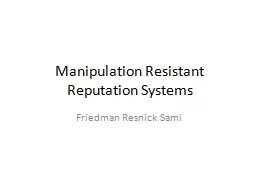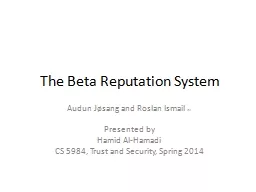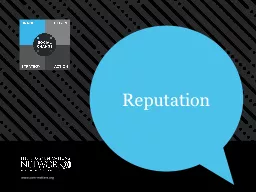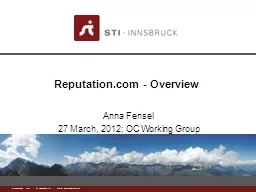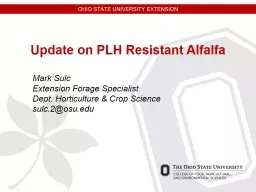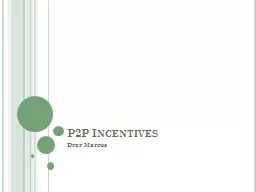PPT-Manipulation Resistant Reputation Systems
Author : tawny-fly | Published Date : 2018-10-31
Friedman Resnick Sami Trust Graphs Let t i j gt 0 denote the feedback i reports about j Let G V E t where V is the set of agents E the set of directed edges
Presentation Embed Code
Download Presentation
Download Presentation The PPT/PDF document "Manipulation Resistant Reputation System..." is the property of its rightful owner. Permission is granted to download and print the materials on this website for personal, non-commercial use only, and to display it on your personal computer provided you do not modify the materials and that you retain all copyright notices contained in the materials. By downloading content from our website, you accept the terms of this agreement.
Manipulation Resistant Reputation Systems: Transcript
Download Rules Of Document
"Manipulation Resistant Reputation Systems"The content belongs to its owner. You may download and print it for personal use, without modification, and keep all copyright notices. By downloading, you agree to these terms.
Related Documents

